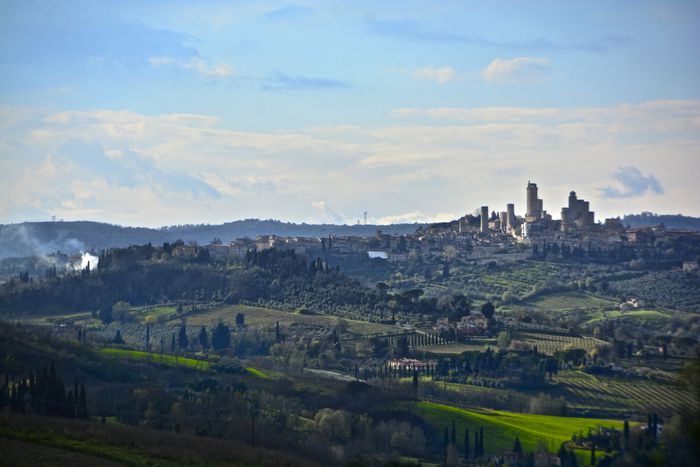
Where the forest echoes: walking along the Via Francigena
Published on
Translation by:
Faye EastAlong a route which winds through the forests and villages of Umbria, an echo of an ancient, lost Italy still exists. Here, along with its stone and arboreal monuments, the path taken by Saint Francis of Assisi is seen through the eyes of a secular pilgrim.
Those of us who live in Milan no longer know what silence sounds like. Both in and out of the home, we are constantly surrounded by voices and noises which drown out our own thoughts. Normally, switching off the TV or computer only serves to make it easier for us to hear the rumble of cars in the street or the yells of passers-by on the pavements below.
Returning to a quieter, more bearable and, in a sense, more ancient way of life seems impossible. But actually, there is a solution close at hand - or close at foot in this case. Running through the heart of Umbria is the ancient route taken by Saint Francis on his pilgrimage between Rome and Assisi. It winds through the forests and villages which, according to biographies and hagiographies, the saint passed through during the first few years of his conversion. Far beyond its religious value, this walk can help even the most secular pilgrim to rediscover themselves.
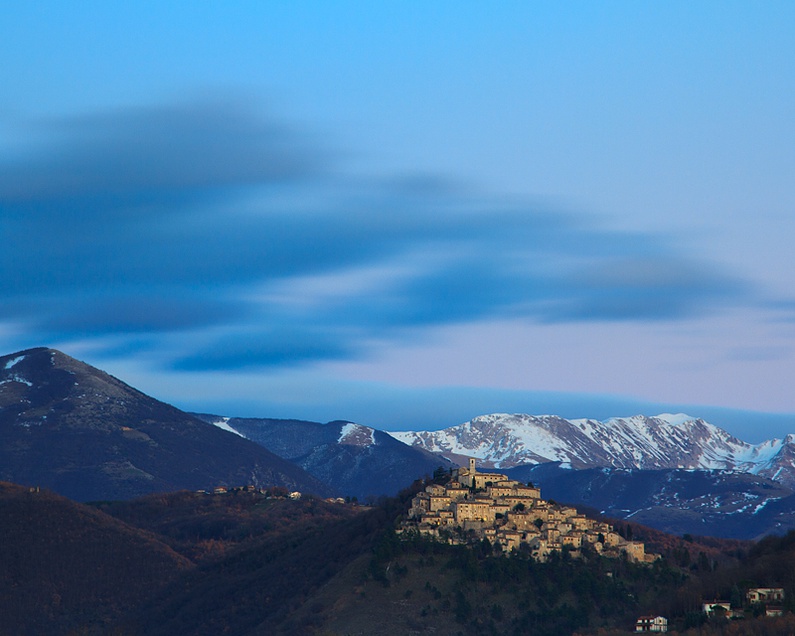 The Via Francigena's main stops within Umbria are Assisi, Foligno, Trevi, Poreta, Spoleto, Ceselli, Arrone, Piediluco and Greccio. All of these places were visited by Saint Francis, with shrines named after him built there in the decades that followed. Assisi is where the saint was born and where, after many years of travel, he returned to die at the age of 44. A pilgrim destination for people across the globe, it is the starting point of the Umbrian section of the Via Francigena if you have come from the north and are heading down towards Rome. The part of the route that we are following runs between Arrone and Piediluco, both situated in the south of Umbria on the border with Lazio.
The Via Francigena's main stops within Umbria are Assisi, Foligno, Trevi, Poreta, Spoleto, Ceselli, Arrone, Piediluco and Greccio. All of these places were visited by Saint Francis, with shrines named after him built there in the decades that followed. Assisi is where the saint was born and where, after many years of travel, he returned to die at the age of 44. A pilgrim destination for people across the globe, it is the starting point of the Umbrian section of the Via Francigena if you have come from the north and are heading down towards Rome. The part of the route that we are following runs between Arrone and Piediluco, both situated in the south of Umbria on the border with Lazio.
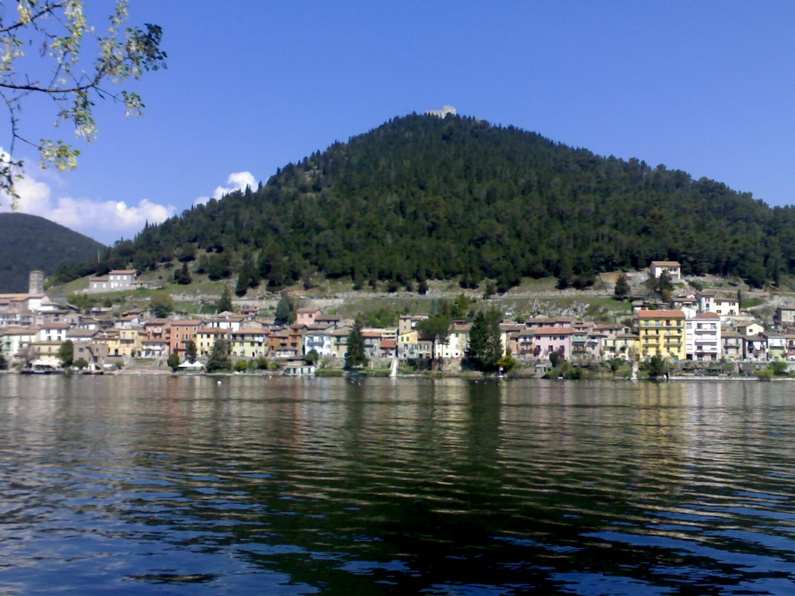 We are welcomed by a dense, low forest made up of oak and beech trees. Wild and unspoiled, the Umbrian forest has a certain charm about it. You get the feeling that the places you are walking through have not changed over time, the flourishing nature the same as what a medieval horseman would have seen. The same hills of that time rise up impressively above us, watching us walk through them, whilst the surrounding forest closes in around the path, casting an almost ominous shade over it. Along the route towards Rieti, in the opposite direction to where we are going, stands a centuries-old tree called the Beech of Saint Francis. One of the oldest trees in Italy, it has survived more than 1,200 winters. Legend has it that its gnarled branches offered shelter to Saint Francis himself during one of his first journeys. Tales aside, this is one of the most picturesque trees in Europe.
We are welcomed by a dense, low forest made up of oak and beech trees. Wild and unspoiled, the Umbrian forest has a certain charm about it. You get the feeling that the places you are walking through have not changed over time, the flourishing nature the same as what a medieval horseman would have seen. The same hills of that time rise up impressively above us, watching us walk through them, whilst the surrounding forest closes in around the path, casting an almost ominous shade over it. Along the route towards Rieti, in the opposite direction to where we are going, stands a centuries-old tree called the Beech of Saint Francis. One of the oldest trees in Italy, it has survived more than 1,200 winters. Legend has it that its gnarled branches offered shelter to Saint Francis himself during one of his first journeys. Tales aside, this is one of the most picturesque trees in Europe.
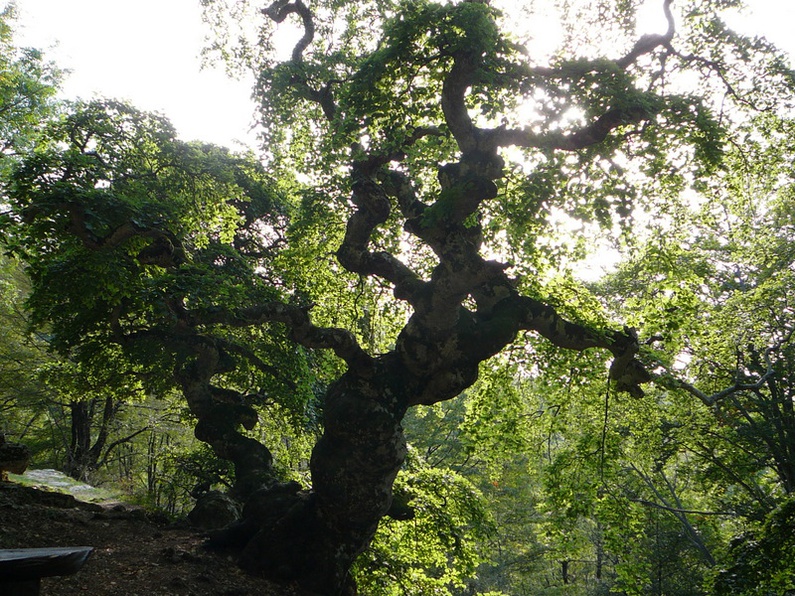 The villages dotted along the route charm with their thick, solid stone buildings and also with their location: little gems such as the village of Labro are perched on wild-looking hills, whose valley we pass through to continue our journey. Sometimes we come across places which have been abandoned for decades, like the village of Umbriano, uninhabited since the end of the Second World War. You can enter the ruins of this real-life ghost village, which is immersed in the absolute silence of the surrounding hills.
The villages dotted along the route charm with their thick, solid stone buildings and also with their location: little gems such as the village of Labro are perched on wild-looking hills, whose valley we pass through to continue our journey. Sometimes we come across places which have been abandoned for decades, like the village of Umbriano, uninhabited since the end of the Second World War. You can enter the ruins of this real-life ghost village, which is immersed in the absolute silence of the surrounding hills.
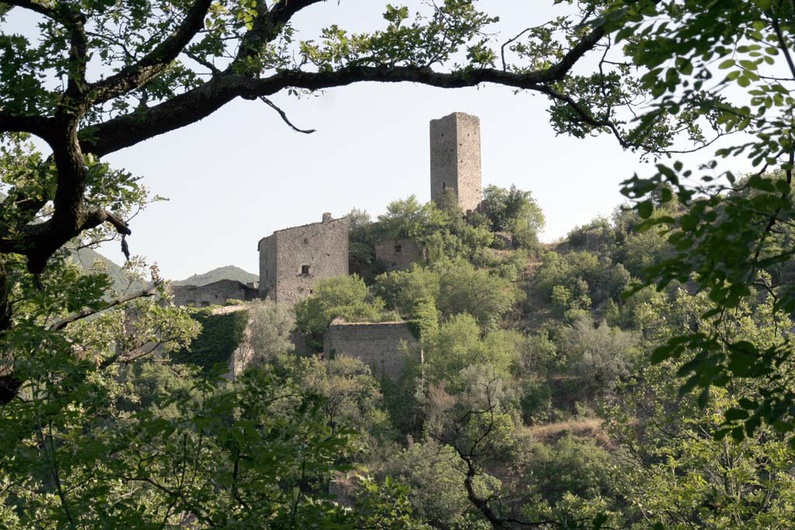 Our final destination is Piediluco, a village built around the base of the mountain which rises up from the lake where Saint Francis held various sermons between 1208 and 1225, converting men, women and animals.
Our final destination is Piediluco, a village built around the base of the mountain which rises up from the lake where Saint Francis held various sermons between 1208 and 1225, converting men, women and animals.
The reason why Italy is a such a wonderful country is because hidden gems can be found in every corner, even in those most unknown and abandoned. We have travelled through places of silence, where the presence of humans would be all but forgotten if it weren't for the villages which enrich the forests, hidden within their depths. This is an Italy unknown to most, which is what makes it all the more charming.
Translated from Là dove risuona il bosco: a piedi lungo la via Francigena



